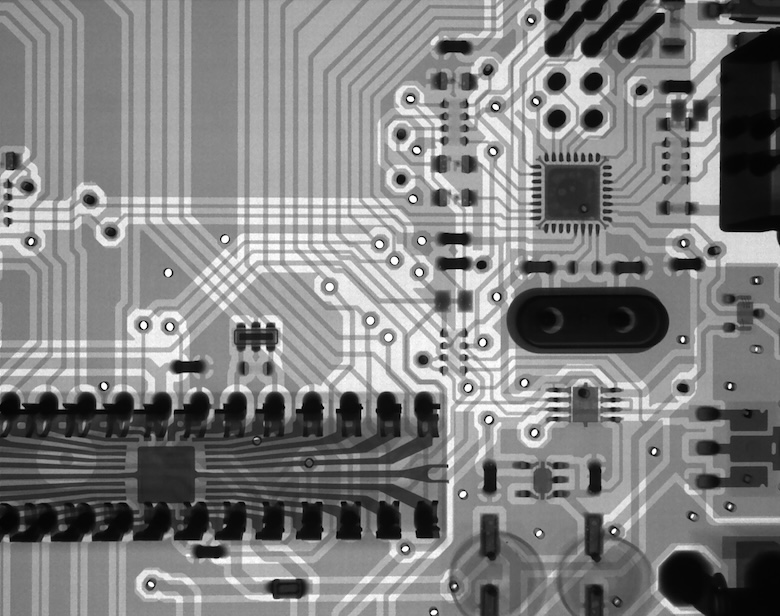
AI hardware and conventional hardware have several distinguishing characteristics:
Conceptual Framework:
- Conventional Microchips: These are engineered for all-purpose computing, prioritizing high performance, minimal power usage, and programmability rooted in von Neumann architecture.
- AI Microchips: These are expressly built to expedite AI-related tasks, offering potent computing capabilities and reduced power usage for specific AI applications such as machine learning and deep learning.
Structural Design:
- Conventional Microchips: They employ universal computing architectures like von Neumann, which are inefficient for intricate AI computations.
- AI Microchips: They leverage specialized neural network structures like convolutional neural networks (CNNs) and recurrent neural networks (RNNs) for a more efficient execution of computations associated with neural networks.
Computational Capacity:
- Conventional Microchips: The CPU primarily determines this, with performance metrics such as clock frequency and the number of cores being key indicators.
- AI Microchips: These offer efficient computational capacity via specialized hardware accelerators like GPUs and NPUs that can perform large-scale matrix operations concurrently. This speeds up the training and reasoning processes of neural networks.
Power Usage:
- Conventional Microchips: Due to their general-purpose computing architecture, these chips consume a significant amount of power.
- AI Microchips: Despite their high computational capacity, these chips consume relatively less power due to their specialized neural network structure that optimizes computing resources and minimizes energy wastage.
Adaptability:
- Conventional Microchips: While they can be programmed for various applications, they lack flexibility when it comes to specific AI tasks.
- AI Microchips: These are specifically optimized for calculations related to neural networks. They exhibit high flexibility and adaptability for AI tasks, making them more suitable for handling complex AI computations.
In conclusion, AI hardware is custom-made to cater to the unique requirements of AI tasks by offering potent computing capabilities, reduced energy consumption, specialized structures, and adaptability optimized for neural network computations. This is in contrast to conventional chips that are designed for all-purpose computing.


